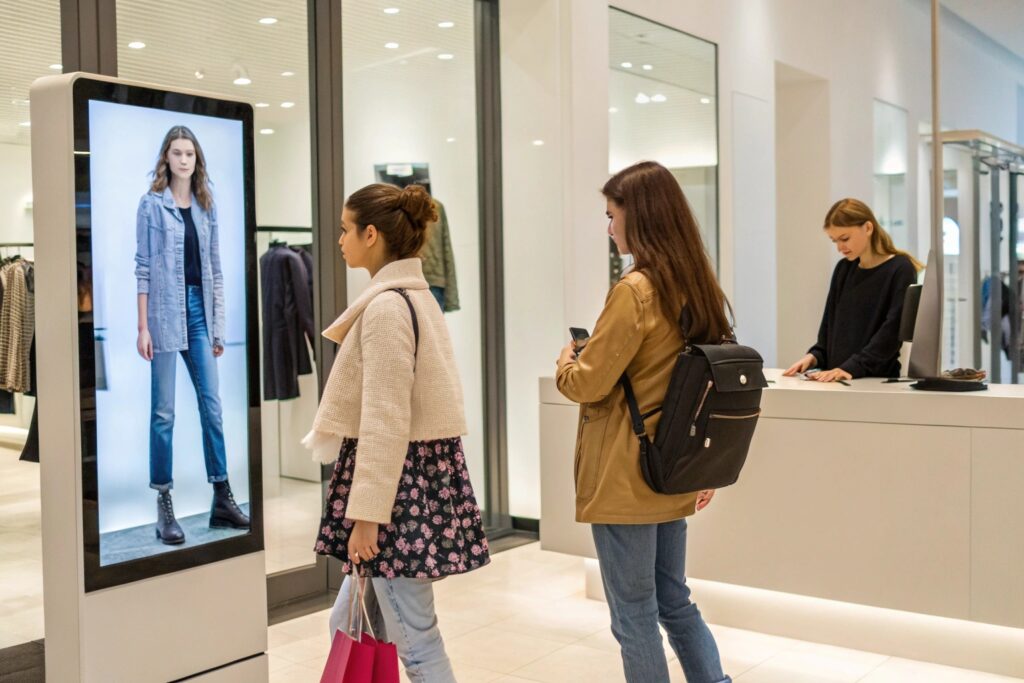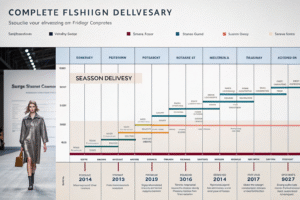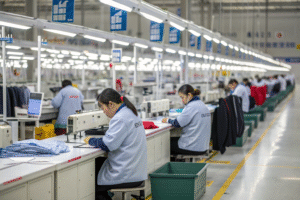Fashion boutiques serve a specific audience, unlike mass-market brands that target a broad customer base. Identifying the right target market is crucial for boutique success. But who are the ideal customers for a fashion boutique?
The target market for a fashion boutique depends on its niche, style, and pricing. Most boutiques cater to fashion-conscious consumers looking for unique, high-quality, or personalized clothing. Key segments include young professionals, luxury shoppers, and trend-focused individuals.
Understanding the right audience helps boutique owners refine their marketing strategies and product selection, ensuring sustainable business growth.
Who is the Target Audience of a Fashion Business?
Every fashion business needs a defined customer base. But how do brands determine their target audience?
The target audience of a fashion business depends on factors like demographics, lifestyle, and spending habits. Fashion brands segment their audience into categories such as fast fashion buyers, luxury consumers, and sustainable shoppers.

What are the key customer segments in the fashion industry?
| Customer Segment | Characteristics | Example Brands |
|---|---|---|
| Fast Fashion Shoppers | Trend-driven, budget-conscious | H&M, Zara |
| Luxury Buyers | High-income, brand-conscious | Gucci, Chanel |
| Sustainable Fashion Consumers | Ethical, eco-conscious | Patagonia, Reformation |
| Young Professionals | Career-focused, stylish | Everlane, Banana Republic |
How do fashion businesses tailor their marketing to each segment?
Brands use digital marketing, influencer collaborations, and personalized promotions to attract specific audiences. For example, luxury brands invest in exclusivity and brand heritage, while fast fashion retailers emphasize affordability and frequent new collections.
Who Are the Main Consumers of Fashion?
Fashion is a global industry with diverse customer bases. But who are the most frequent fashion buyers?
Main consumers of fashion include millennials and Gen Z, who drive trends through social media and digital shopping. Women remain the dominant buyers, but men’s fashion and gender-neutral clothing markets are growing.

What are the largest fashion consumer demographics?
| Consumer Group | Shopping Habits | Fashion Preferences |
|---|---|---|
| Millennials (25-40) | Online shopping, brand loyalty | Trendy yet functional |
| Gen Z (18-24) | Social media-driven, sustainability-focused | Experimental & ethical |
| Women (All Ages) | Frequent buyers, trend-driven | Luxury, fast fashion, casual wear |
| Men (All Ages) | Increasing spending, brand-conscious | Streetwear, luxury fashion |
How does social media impact fashion consumers?
Social media platforms like Instagram, TikTok, and Pinterest influence consumer trends. Brands that engage with their audience through digital content see higher sales and stronger customer loyalty.
Who is Zara's Target Market?
Zara has built a global fashion empire with its unique approach to retail. But who are its core customers?
Zara’s target market includes young, trend-conscious consumers aged 18-35 who seek affordable, high-fashion clothing. The brand appeals to fast fashion shoppers who want runway-inspired styles at reasonable prices.

Why does Zara attract young professionals?
Zara’s fast turnaround on new styles keeps young professionals engaged. The brand’s sleek, modern stores and digital marketing campaigns resonate with fashion-forward individuals.
How does Zara maintain customer loyalty?
Zara releases new styles every few weeks, creating urgency for shoppers. Customers return frequently to check for fresh inventory, reinforcing brand engagement.
Who is H&M's Target Market?
H&M is one of the biggest fast fashion brands in the world. But who are its primary customers?
H&M’s target market includes budget-conscious shoppers aged 15-40 who prioritize affordability and variety. The brand appeals to a wide audience by offering trendy clothing at low prices.

How does H&M attract Gen Z and millennials?
H&M collaborates with designers and celebrities to keep its collections exciting. Limited-edition releases and influencer marketing create buzz among younger consumers.
What sets H&M apart from other fast fashion brands?
H&M balances affordability with sustainability efforts. Its "Conscious Collection" appeals to eco-conscious shoppers while maintaining competitive pricing.
Conclusion
The target market for a fashion boutique depends on style, pricing, and branding. While fast fashion brands like Zara and H&M target younger, budget-conscious shoppers, luxury and sustainable brands focus on niche markets. Understanding fashion consumer behavior helps businesses refine their marketing strategies and grow their customer base.



















